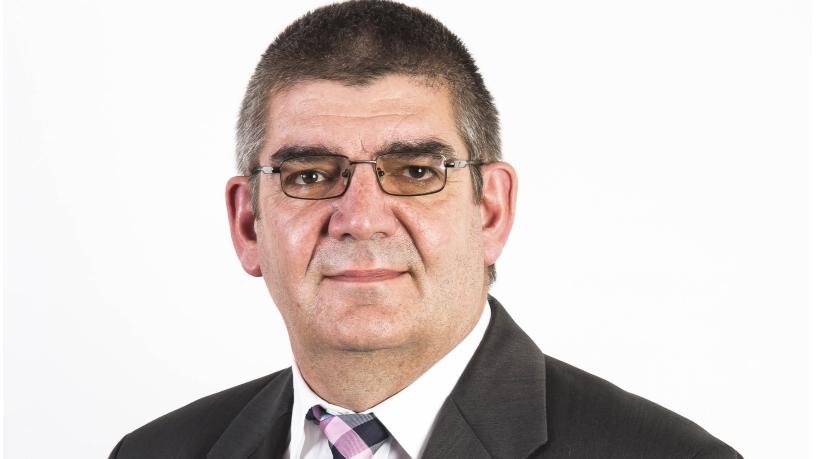
Perhaps the biggest challenge public transport in South Africa faces is the simple fact that over the years, there's been a lack of sufficient planning to integrate all the different transport modes and to optimise public transport services. This has created an ongoing problem for municipalities and other government entities.
Among the challenges arising from the lack of integration and optimisation is the fact that minibus taxis now contribute to almost 75% of the public transport system. However, owing to the informal operations of this industry, it is not subsidised in the way other public transport options are. This means instead of paying around 10% of monthly income on transport, citizens who have to use minibus taxis often end up paying up to 20%-30%.
According to Thomas Snyman, Chairman of the Intelligent Transport Society (ITS) of South Africa and Huawei's ITS Solutions Director, a further challenge is the existing rail system - while still the most affordable public transport system - requires major refurbishment and upgrade if it is to reach an acceptable service level. Then there's the Bus Rapid Transit (BRT) system, which was introduced a few years ago. Intended to improve the public transport situation, it comes with a very high price and is not always the best value for the money invested.
"One must remember that there is a pool of different transport services that will not simply vanish with the introduction of the BRT system. The answer lies in getting these various services to work together in a new, 'hybrid' transport system," Snyman says.
"A key aspect of this will be the formalisation of the minibus taxi industry and its integration with public transport bus services. Until recently, this has been a challenge, owing to the lack of a cost-effective technology that can be installed on these taxis to improve and optimise how the industry is run."
However, explains Snyman, new technologies are coming into play that may change this. For example, all revenue can be collected through an Automatic Fare Collection (AFC) system, which makes the cash collection controlled. Furthermore, the routes taxis operate on can also be controlled and optimised through route optimisation technology, which will reduce over-saturation of vehicles on individual routes.
"Uses can even be found for obsolete taxi vehicles in specific areas, where they can be redeployed for use as the feeder service to the bigger public transport system, namely buses and trains. Finally, by having access to the vehicles and commuter information through the installed technology, government will be able to assist with subsidies for all commuter services, from taxis through to buses and trains."
"ITS is an umbrella of different disciplines, with focuses on different areas. These range from law enforcement and freeway management to monitoring and control systems, traffic management systems and public transport systems. The latter includes the AFC system and Advanced Public Transport Management System (APTMS), also referred to as the Smart Bus."
He adds that to address the issues and concerns around lack of integration, it will be necessary for more and more public transport operators to procure and install the necessary technology in buses, trains and - going forward - in minibus taxis as well. This will enable an effective and interoperable system that will ultimately allow for the 'one card for all' concept to be implemented.
"If we implement more ITS equipment on more public transport units, then more information will be available to the people utilising the limited amount of road infrastructure available to both private and public transport. The key is to get ITS to provide intelligent information, which will enable intelligent decisions to be taken to make the best use of these limited resources," he concludes.
Share